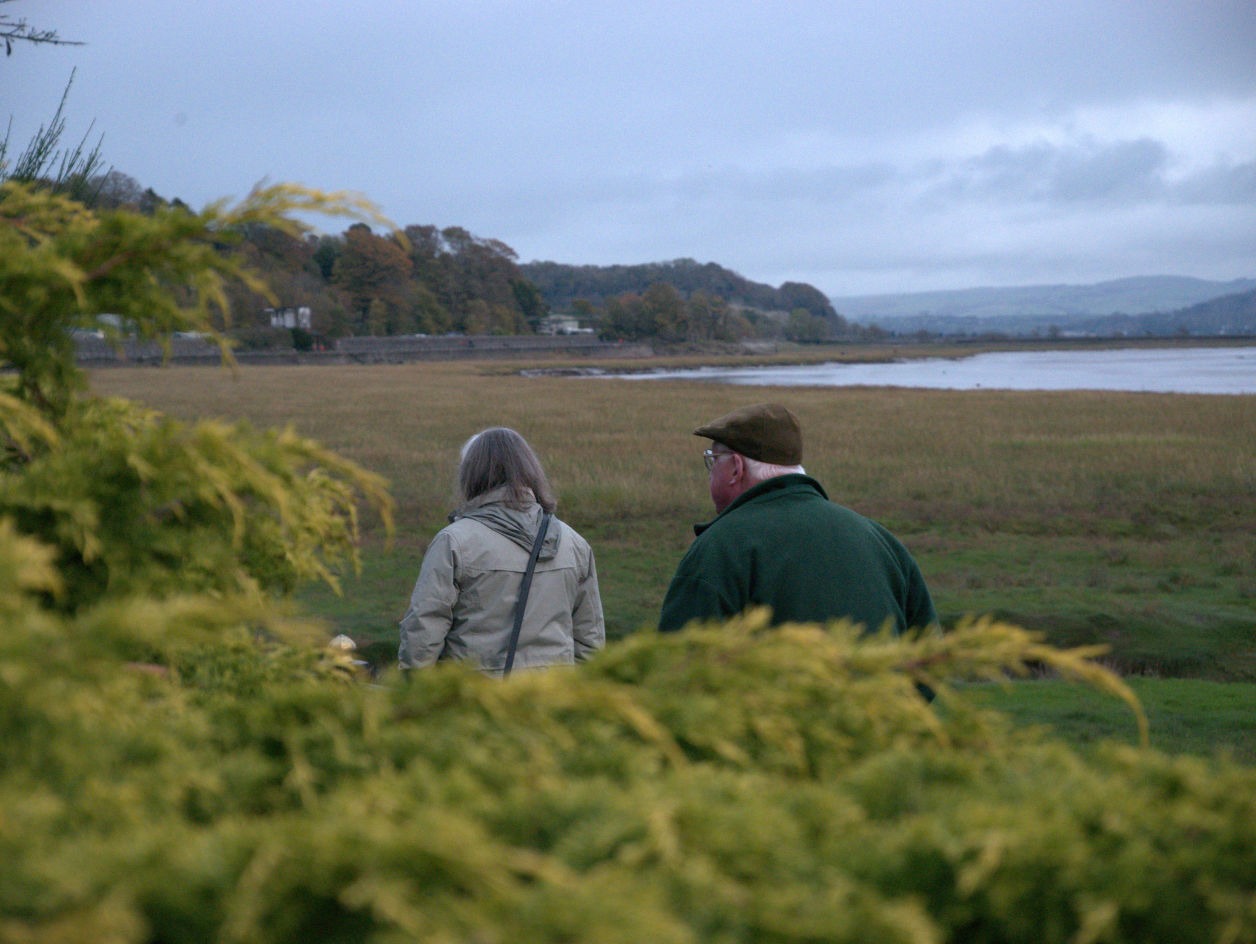It is well documented that immersion into the natural landscape benefits the mind, spirit and body. The forest landscape in particular is a high density stimulant of all of our senses: Vision (scenery), Olfaction (wood, grass, leaves and flowers), Auditory (streams, rustling leaves, wind, creaking wood) and tactile (leaves, bark, loam).
This isn’t the first time nature has been invited into a space to help vulnerable, suffering and isolated people within the nursing home environment. It's not even the first time virtual reality has been used to deploy the concept of nature therapy.
The differentiator of this project is to implement natural elements into a space for shared mixed reality experiences. MDPI’s article, “Neuroscience Application for the Analysis of Cultural Ecosystem Services Related to Stress Relief in Forest” employs 360 video and sound recordings via a HTC Vive HMD (head mounted display) to immerse the users and prospect patients. While this is an effective way of transporting the user into another space, here we are looking at bringing nature into the space to create a shared mixed reality experience, providing urban care-home common space with nature connotations. The aim is for this to cultivate a general connectedness between urban indoors and the deep natural landscape (that is to say raw, rural nature without mechanical noise pollution).


